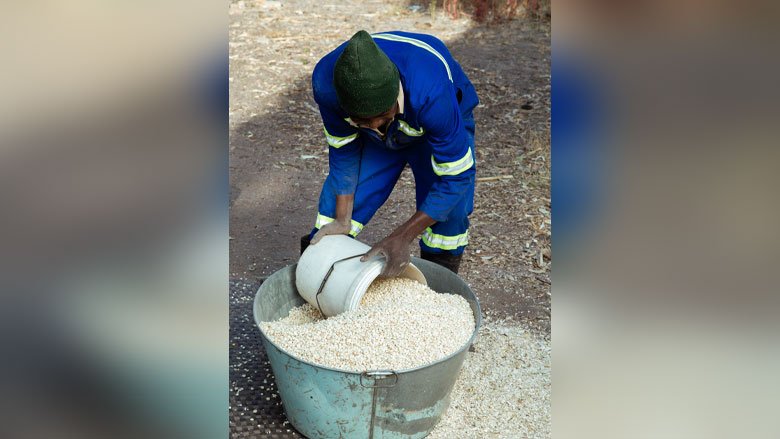Achieving macroeconomic stability, improving agricultural productivity, promoting equitable access to high-quality jobs, and strengthening the social protection program are some of the most important steps for improving the living standards of Zimbabweans, according to the Zimbabwe Poverty Assessment report launched October 24, 2022.
The report titled “Reversing the Tide: Reducing Poverty and Boosting Resilience in Zimbabwe” explores how poverty and inequality have evolved in recent years. It sheds light on the main forces shaping its progression, and builds the evidence base for the formulation of policies to foster inclusive growth.
Zimbabwe made significant progress along many dimensions in the 2010s. For example, the average child born in Zimbabwe in 2019 is expected to have a higher endowment of human capital at the age of 18 than his/her peers, even those born in some of Zimbabwe's richer neighbors. But poverty and inequality also rose in Zimbabwe during the same period, a contrast to the experience of the rest of Sub-Saharan Africa where there was a modest decline in poverty.
Macroeconomic volatility, exposure to natural shocks, slow urbanization and structural transformation, poor quality of jobs, inefficient social assistance programs, and exogeneous shocks like the pandemic are the proximate causes of the increase in poverty.
For Zimbabwe to reverse the tide of rising poverty, the report identifies a few policy priorities. The first is improving agricultural productivity and boosting resilience to climate shocks. About two-thirds of Zimbabweans work in agriculture while many Zimbabweans, directly or indirectly, depend on it. However, incomes from agriculture are the lowest, reflecting low productivity and high exposure to climate risks. There is also a need to increase market orientation of agriculture, diversification to high-value crops, and resilience from climate shocks.

